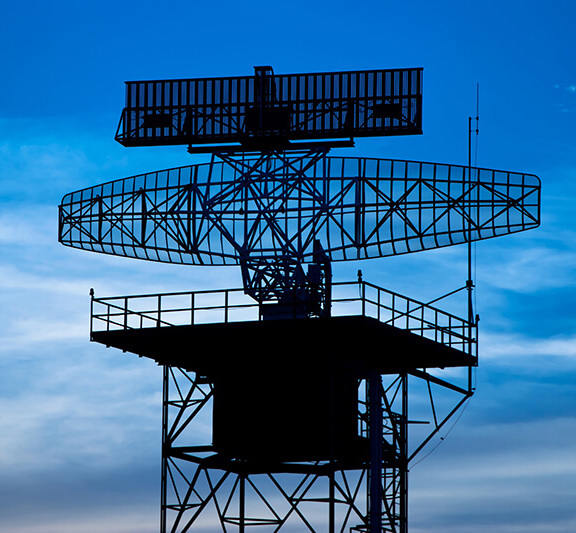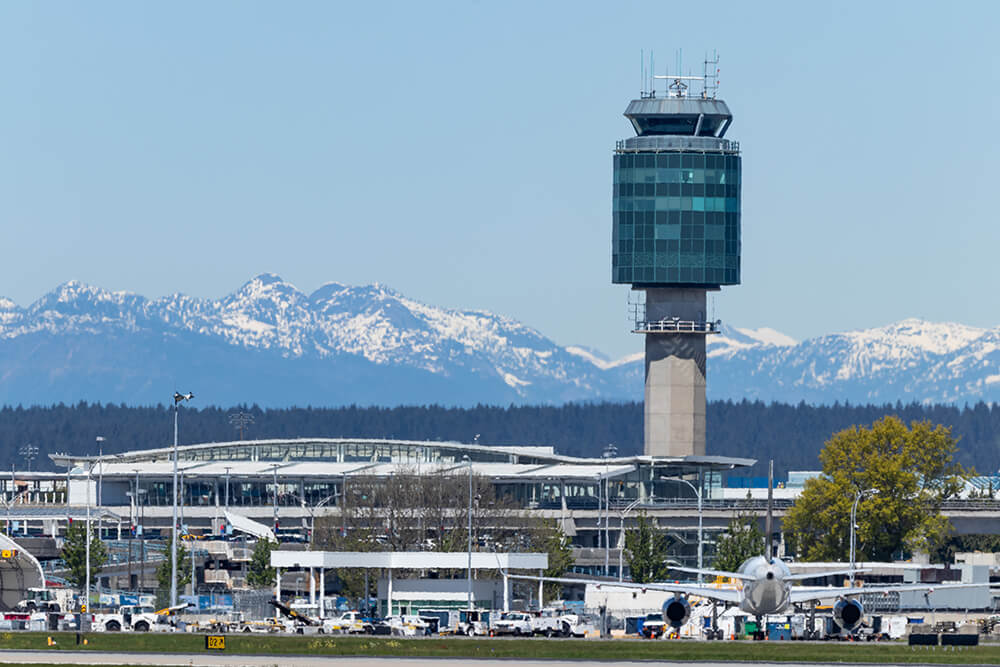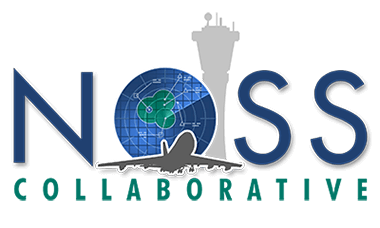Proactively monitor your operation and learn about its safety performance with NOSS and TEM
NOSS COLLABORATIVE
The NOSS Collaborative aides ANSPs to implement NOSS and TEM-based initiatives. We have worked with ANSPs from around the world since the inception of NOSS
Know More About NOSS
NOSS Benefits
NOSS has tangible and intangible benefits. Some of the benefits reported by ANSPs with whom we work with...
Ten Operating Characteristics
NOSS is defined by ten operating characteristics that distinguish it from other observational....
Threat and Error Management (TEM)
TEM is a conceptual framework that aides, from an operational perspective, in understanding the interrelationship between safety, human performance and the dynamic and challenging contexts in which ATM duties are performed. The TEM framework is sensitive to the interplay between the operational environment and human performance, and the resultant impact on human performance.

Case Study
Identifying & reducing complexities
Issue identified during NOSS:
A particular sector had an anecdotal reputation (amongst those who worked the airspace) as being unstructured and challenging, though there was little information available in the SMS to substantiate this reputation. NOSS data indicated that more threats, consequential threats, errors and undesired states were noted in this sector than in other airspace.

Identifying strengths & improving weaknesses
Issue identified during NOSS:
There were substantial issues pertaining to not knowing which aircraft were on frequency. Controllers were not issuing frequency transfers by the prescribed locations. Further, the fact that an aircraft had entered the sector but not established communications was often not being noticed until controllers attempted to issue instructions to the aircraft…

Enhancing barriers of defense / monitoring capabilities
Issue identified during NOSS:
Aerodrome/Local controllers were not always conducting sufficient runways scans prior to issuing takeoff or landing clearances (nor were ground based radars being used to compensate). Several factors were also noted that were leading to increased “heads down” time by controllers.

Request Consultation
